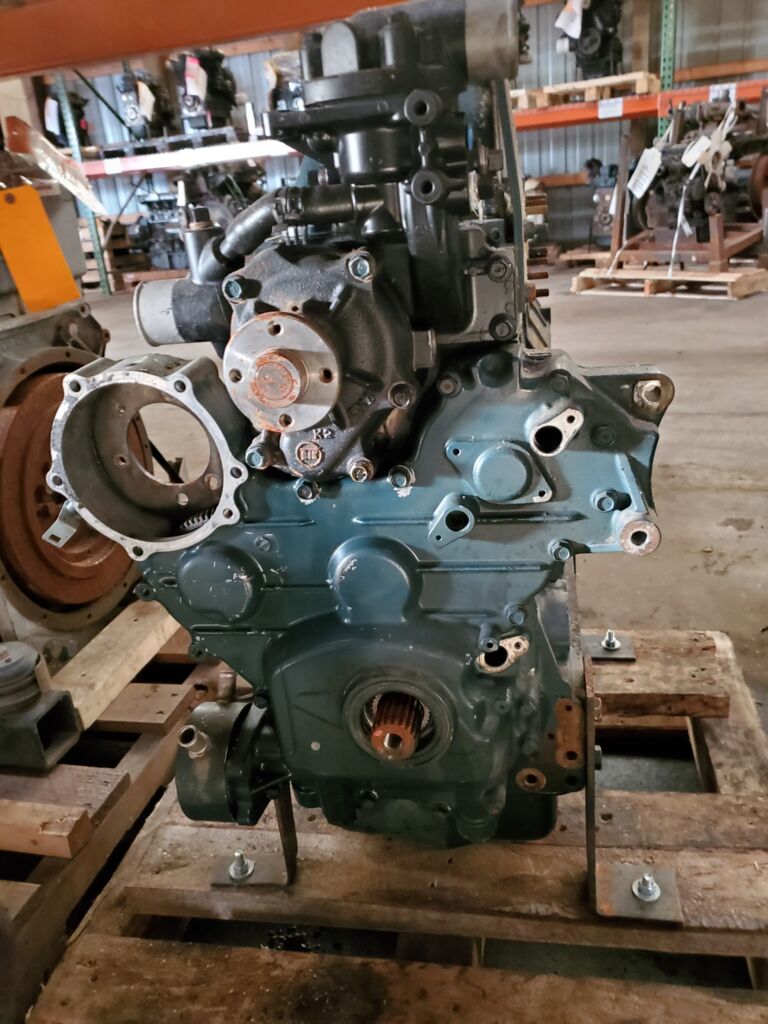
Packing your engine for shipping
Packing an engine for a rebuild and return involves several steps to ensure that the engine is protected during transportation and arrives at the rebuilding facility in good condition.
The following steps provide a general guide on how to pack an engine:
- Clean the engine: Thoroughly clean the engine and remove all dirt, debris, and oil. This will prevent dirt from getting into the engine during transit and minimize the risk of damage.
- Drain the fluids: Remove all fluids, such as oil, coolant, and transmission fluid, from the engine. Place any removed fluid in a separate container for safe disposal.
- Secure the components: Detach any loose components, secure them to the engine prevent damage during transit.
- Protect the openings: Cover all openings in the engine, such as the oil pan, valve covers, and oil pump, with protective caps or covers to prevent debris from entering.
- Wrap the engine: Wrap the engine in a layer of protective material, such as plastic shrink wrap, to cushion it during transportation.
- Strap the engine to the skid: Strap the engine with metal bands, ratchet straps to the skid or pallet. Make sure your engine is not top-heavy.
- Wrap the engine: Wrap the engine with plastic to give added protection for any loose parts.
- Arrange for transportation: We usually arrange freight for our customers. We will send you a BOL and a label for your engine. Attach the paperwork to your skid.
By following these steps, you can help ensure that your engine arrives at the rebuilding facility in good condition and ready for the rebuilding process. It is important to handle the engine with care and take all necessary precautions to prevent damage during transit.


